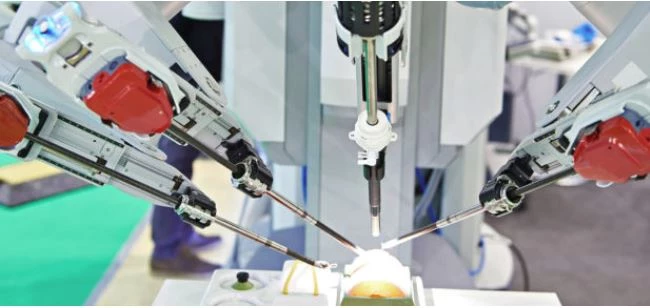
Member Article
How artificial intelligence is improving health wearables
For the last few years, “health wearables” have often been synonymous with step counters. Recently, advanced features like heart rate, calories burned, blood oxygen level and sleep monitoring have started appearing in more affordable consumer devices. But with new developments in AI, wearables stand to do way more in terms of tracking your holistic health, and alerting you to changes in it.
Here’s one example: by measuring skin conductance, a new wrist-worn sensor can detect when the wearer is having a seizure and call for help. It’s the first piece of consumer technology for a neurological condition approved by U.S. regulators.
Outside the realm of consumer technology, today’s medical wearables are starting to do some amazing things. “They can obtain high-resolution ECG measurements (including heart rate and detailed ECG morphology), respiratory function, thoracic impedance, skin temperature, galvanic skin response and three axis acceleration, all using a single, small and easy-to-wear device,” says Shervin Shirmohammadi, IEEE Fellow and Professor in the School of Electrical Engineering and Computer Science at the University of Ottawa.
These insights can be extremely useful to medical professionals. We often associate heart rate data from wearables with exercise, yet studies have shown it can also be used to track the severity of bipolar disorder and schizophrenia. Wearables can expand doctors’ access to data far beyond what they can get during a patient visit, enabling them to make better diagnoses and recommendations.
Though each of these data points can be useful to doctors, “Coupled with AI, these measurements will allow automatic detection of many problems and diseases, increasing the quality of personal healthcare,” says Shirmohammadi.
This level of personal data does raise a number of concerns, the first of which is privacy.
IEEE has an Industry Connections program focused on the issue. It works to provide the potential to identify ourselves online in a way that protects our privacy and our right to be forgotten. Working with technologists, academics and industry executives, the program builds frameworks that facilitate digital inclusion, trust, personal data agency and security for all.
Another concern is the accuracy of these devices, and their ability to learn using unstructured data. “Healthcare is a difficult domain for AI, because of the low levels of data integrity and disparate information technology systems used” says Kevin Curran, IEEE Senior member and Professor of Cybersecurity at Ulster University. While much of machine learning is done with curated data sets, expanding the ability to learn from rougher data is a focus for many researchers.
Along with the development of additional inputs like visual and chemical analyses, the world of AI wearables stands to change drastically over the next few years. To learn more about the role of AI in healthcare, and how Millennial parents around the world see it impacting the lives of their children, read our 2018 study on Generation AI.
This was posted in Bdaily's Members' News section by IEEE .




 test article 123456789
test article 123456789
 hmcmh89cg45mh98-cg45hm89-
hmcmh89cg45mh98-cg45hm89-
 test456456456456456456
test456456456456456456
 test123123123123123123
test123123123123123123
 test xxxdiosphfjpodskhfiuodsh
test xxxdiosphfjpodskhfiuodsh
 Savour the flavour: North Tyneside Restaurant Week returns for 2024
Savour the flavour: North Tyneside Restaurant Week returns for 2024
 Six steps to finding the right buyer for your business
Six steps to finding the right buyer for your business
 Stephen signs off on a special night
Stephen signs off on a special night
 Life’s a Peachaus: Gillian Ridley Whittle
Life’s a Peachaus: Gillian Ridley Whittle
 Making a splash: Phil Groom
Making a splash: Phil Groom
 Making workplace wellbeing a priority
Making workplace wellbeing a priority
 A record of delivery, a promise of more: Ben Houchen
A record of delivery, a promise of more: Ben Houchen